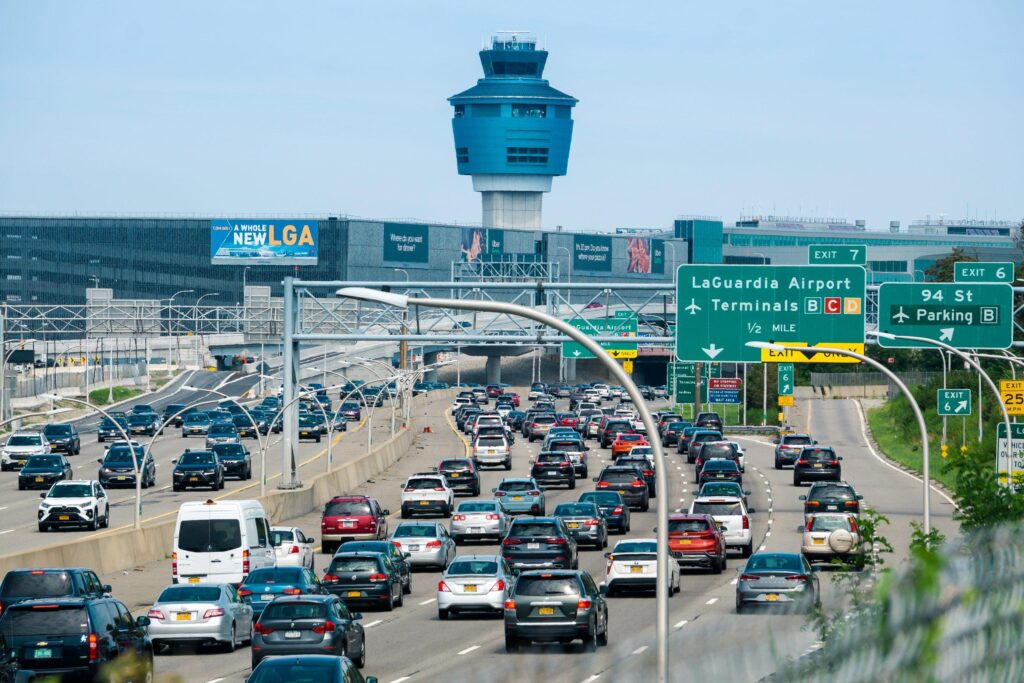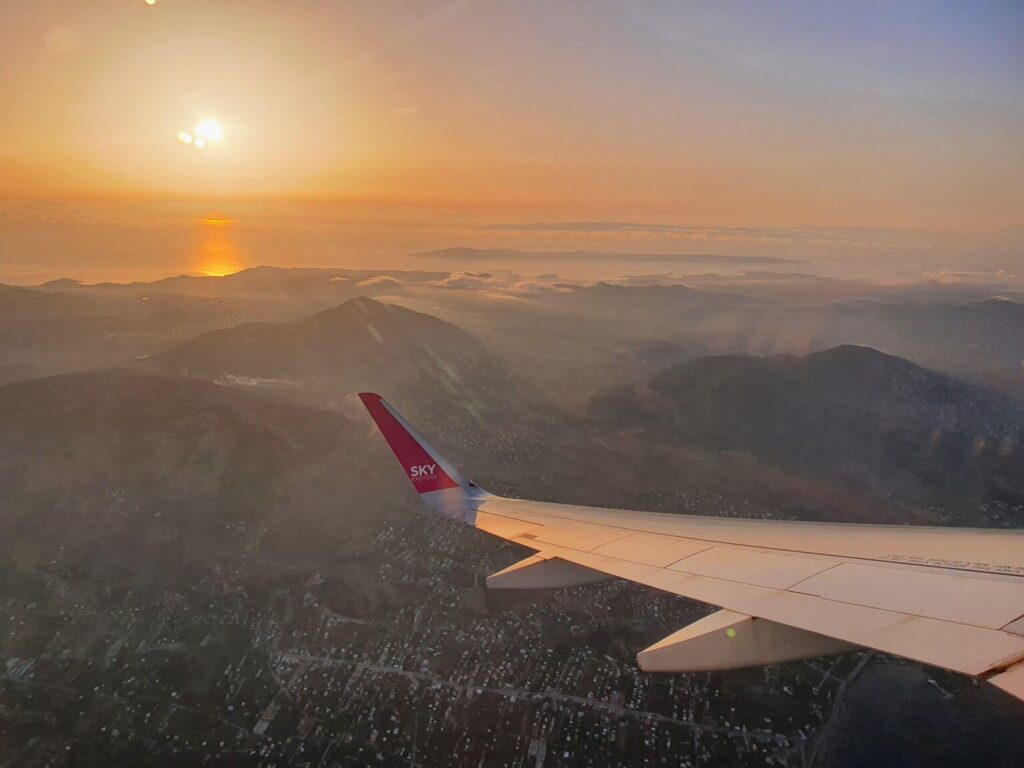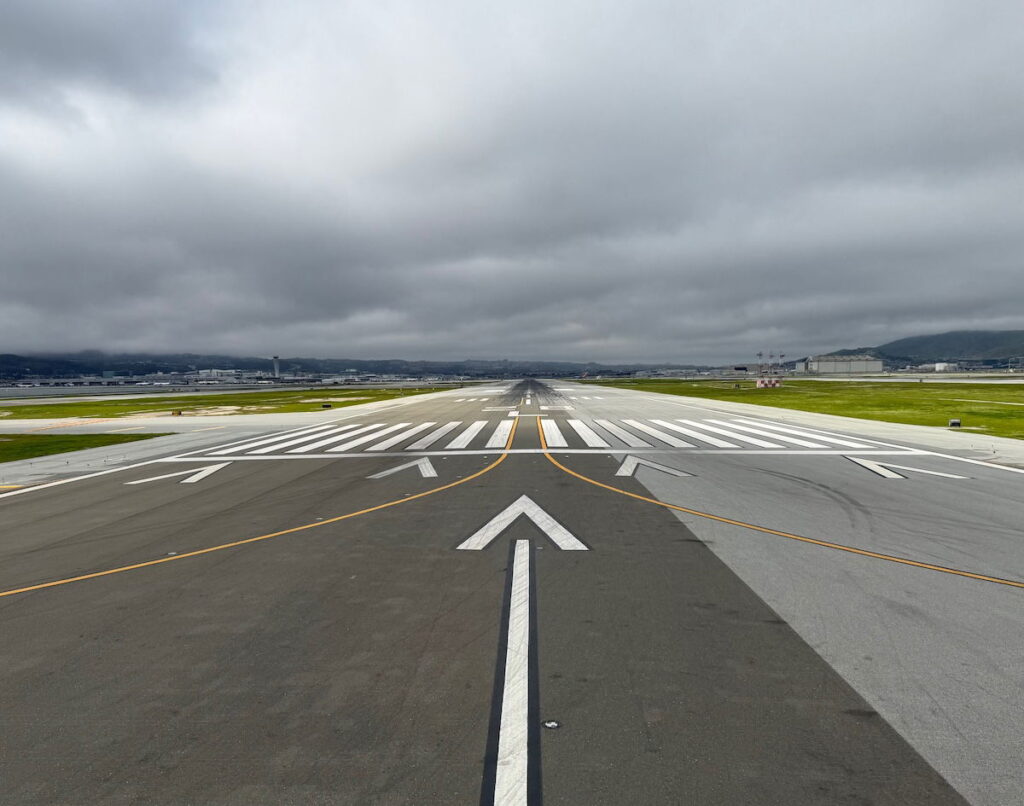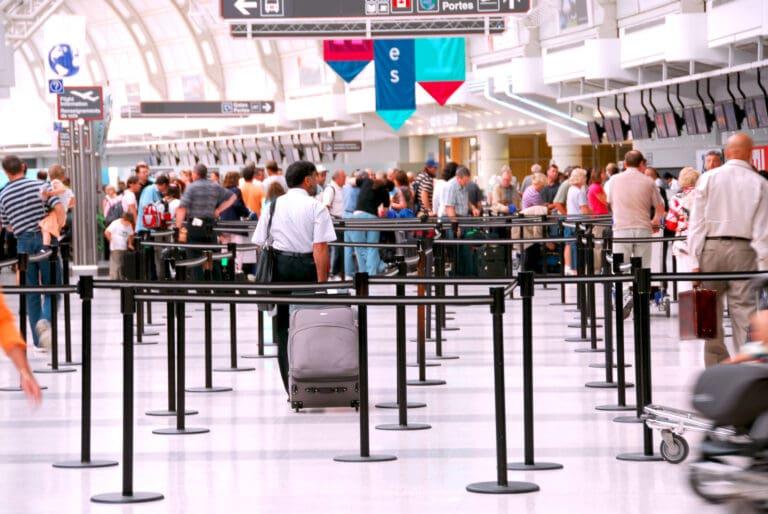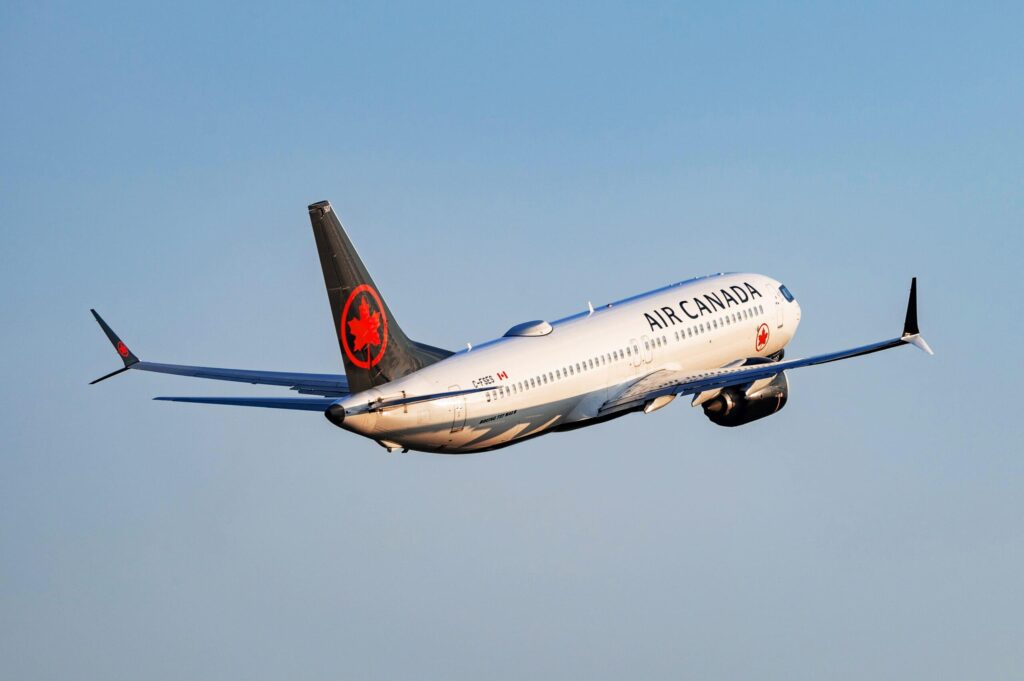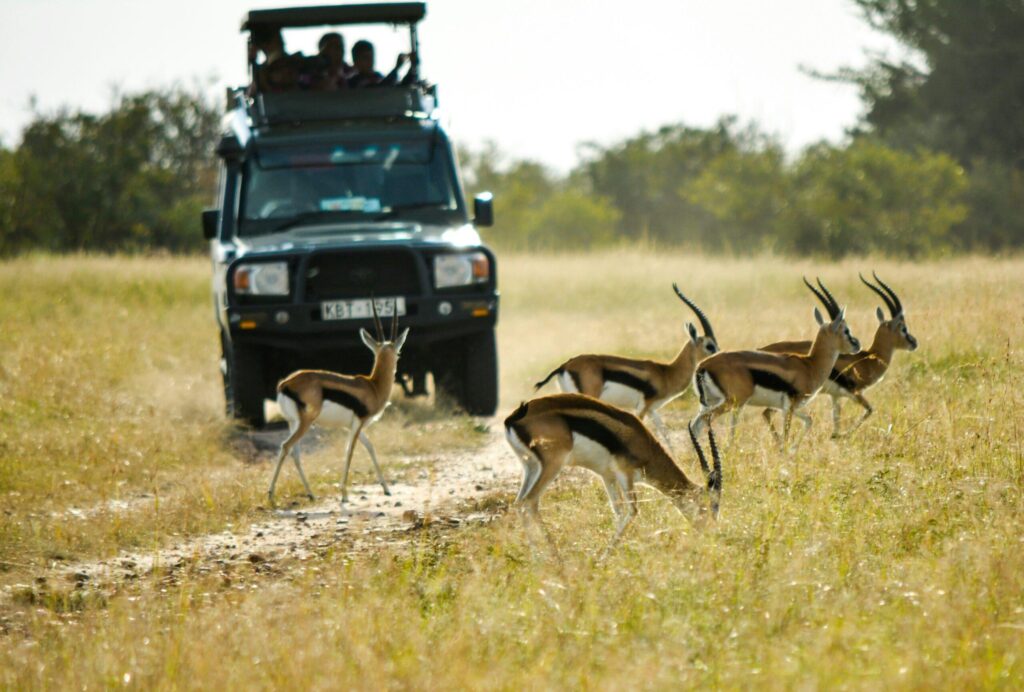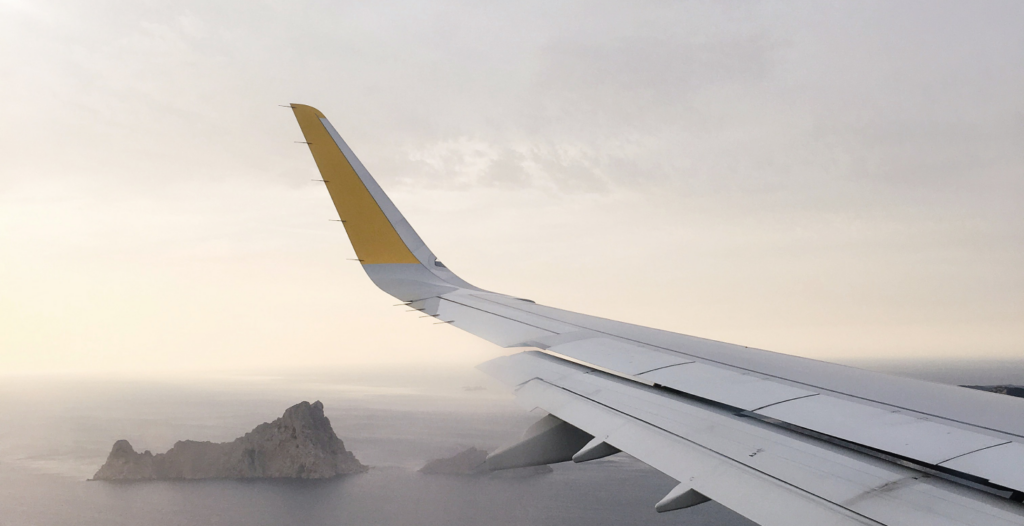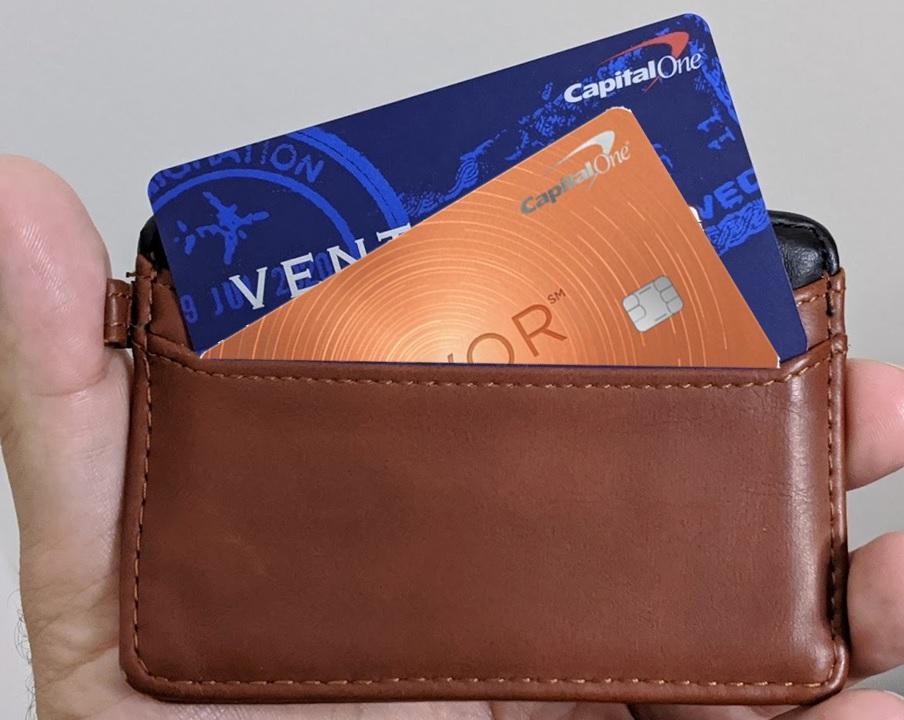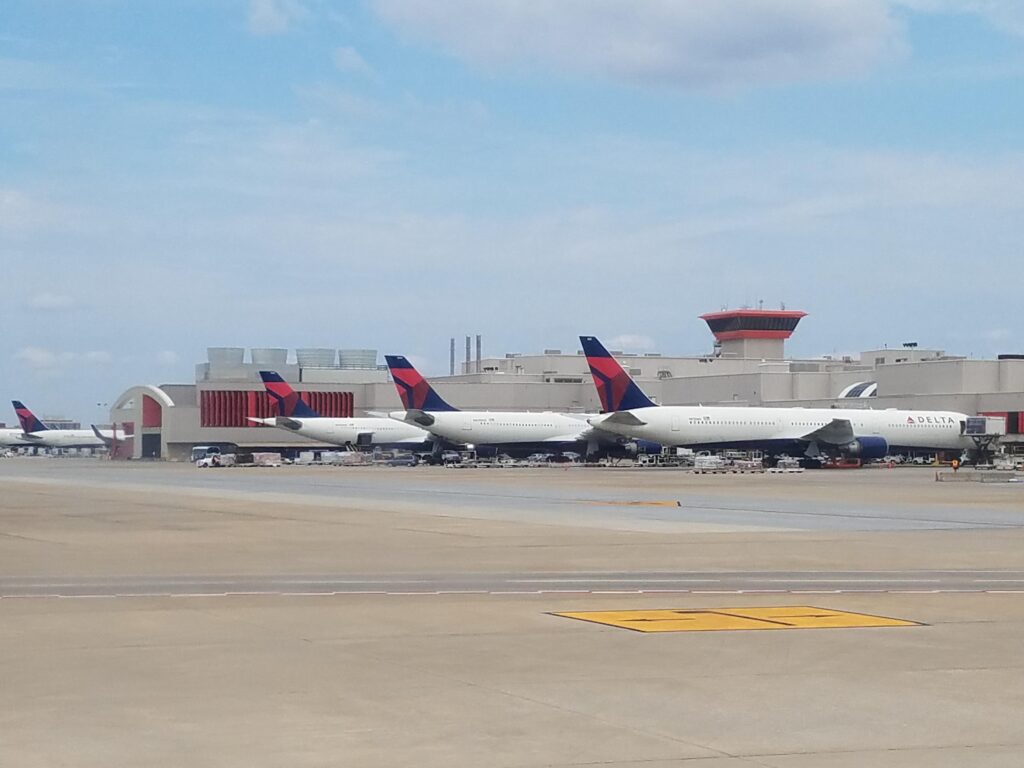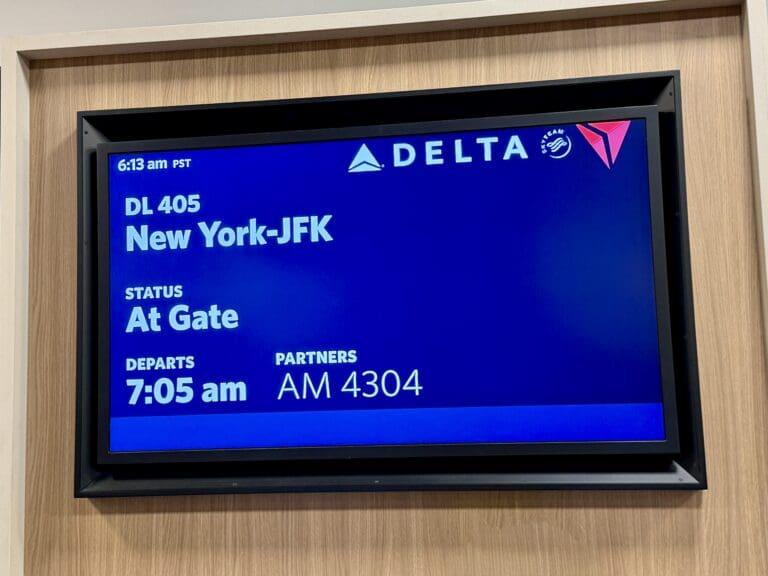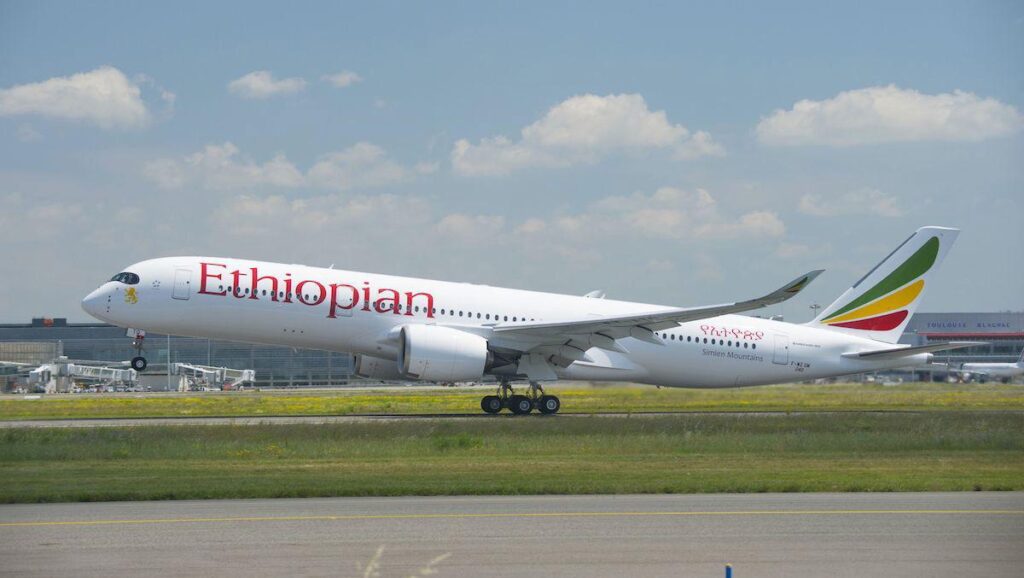
7 Savvy Ways to Maximize Your Alaska Airlines Miles
I’ve always admired how Alaska Airlines Mileage Plan keeps evolving to offer more options for mileage earners and redeemers. Ever since the program expanded in 2024 and fully integrated a distance- and region-based award chart, I’ve seen firsthand how these changes can uncover hidden gems across the globe.
1) Understand the New Distance-Based Award Structure

In 2025, Alaska Airlines covers three major geographic zones: the Americas, Asia Pacific, and Europe/Middle East/Africa. While some classic sweet spots may have shifted in price, I’ve observed that frequent flyers can still discover terrific mile-to-value ratios when traveling between zones—especially if they keep track of how far they’re flying. The new chart provides a more transparent view of award costs, making it easier to plan and compare potential routings.
According to a 2024 survey by the Global Travel Association, distance-based programs often reward travelers who carefully select shorter routes or optimize multi-region journeys. Personally, I suggest combing through route maps to identify those sweet spots before making any redemption. Because the chart is unified, you can better anticipate the mileage price, ensuring you spend your miles strategically.
One tip I’ve shared with readers is to watch for promotional updates on partner airlines. Sometimes, an unexpected fare sale overlaps with a distance-based promo, letting you score premium-class itineraries for fewer miles than you’d think. The key is to stay flexible and compare multiple date options.
2) Earn Miles from Multiple Sources

I’ve encountered countless travelers who rely solely on flight miles to boost their balances, but there’s an entire ecosystem worth tapping. Nowadays, Alaska partners with Bilt Rewards, Marriott Bonvoy, and HawaiianMiles—offering a variety of ways to transfer or stack miles. In my own research, I’ve found that co-branded credit card offers can fast-track your Mileage Plan balance, especially if you time the welcome bonus correctly.
To further diversify, I like to point out how mileage sales, shopping portals, and dining programs can fill those gaps between big redemptions. According to industry data, members who use partner shopping portals at least once a month can earn an additional 3,000–5,000 miles annually. That can make a huge difference if you’re saving up for a bucket-list redemption, like a business-class trip across the Pacific.
It’s also worth noting that Alaska has been known to run bonus campaigns aligning with peak travel seasons. If the timing is right, buying miles during these promotions can yield substantial returns—just keep an eye on the cost-per-mile ratio. I’ve learned that you want to ensure each purchased mile remains below the real value you’ll receive once redeemed on flights or upgrades.
3) Capitalize on Global Partner Redemptions

Alaska’s wide-reaching partner network has always been a key selling point. From oneworld mainstays like British Airways and American Airlines to unique partners like Fiji Airways, the world is quite literally at your fingertips. I’ve personally helped friends find seats on LATAM’s routes to South America, and they were amazed at how generously the new chart priced out certain distance jumps.
Data from 2024 airline alliance reports indicates that well-structured partner networks can boost a frequent flyer program’s overall redemption value by up to 20%. In my experience, searching for flights on less-obvious carriers (like Finnair or Royal Air Maroc when heading to Europe or Africa) can open up award space that’s typically overlooked. If you’re flexible and willing to connect in different cities, you can really stretch your miles.
I also love how international premium cabins remain accessible through these partnerships. In particular, Japan Airlines and Qantas often offer comfortable business and first-class products. If you’re schedule-savvy and book early, you can land a posh seat for thousands of miles fewer than you might pay in other loyalty programs.
4) Use the Free Stopover Benefit

In my eyes, Alaska’s free stopover policy is a game-changer. Being able to break up your journey without burning more miles is perfect for travelers who crave variety. I’ve read numerous success stories about people enjoying a few days in Tokyo before proceeding to another destination, all on a single one-way award. It’s like adding a bonus experience to your trip at no extra cost.
A recent study suggests that travelers who strategically plan stopovers in global hubs often save up to 15% on accommodation and daily expenses compared to those who simply book direct flights. That’s because during off-peak parts of the week, hotel rates dip and tourist attractions are less crowded. In personal conversations, I’ve heard how folks create mini-itineraries—one traveler recently shared how a stopover in Seattle let them explore the city’s coffee scene before continuing on to Asia.
Just remember, availability can vary widely by season. I’ve advised many people to start their award searches at least six months ahead if they plan a stopover. Once you find your preferred gateway, you’ll likely be rewarded with a richer travel experience for virtually the same price in miles.
5) Combine Miles on Single Tickets

The new flexibility to mix partner airlines on a single award ticket is invaluable, especially if you’re navigating continents with limited nonstop flights. I’ve noticed that combining carriers helps you avoid awkward connections or high cash fares. It’s an approach I’ve recommended to friends flying from smaller regional airports, as they can now patch together a route through different partner hubs.
According to a recent oneworld capacity report, up to 40% of award travelers rely on at least two partner airlines to reach their final destination. I’ve seen how mixing and matching can unlock open seats at times when direct flights are sold out. If your home airport is less served, connecting with partners like Aer Lingus or Japan Airlines might be your best bet to keep the mileage cost under control.
(Pro tip: Always double-check the distance brackets when combining flights. One route may nudge you into a higher mileage tier, so it’s wise to test multiple combinations and see which sets of segments trade off minimal distance for maximum convenience.)
6) Shop & Dine to Accelerate Earning

I’m a big fan of making everyday spending work for you. By linking your favorite credit cards to Alaska’s shopping and dining portals, you can accumulate miles without setting foot on a plane. I’ve observed that consistent users of these portals can bank thousands of extra miles each year—perfect for topping off your account before a major redemption.
Industry analysts suggest that half of all frequent flyer program members under-utilize non-flying mileage opportunities. Personally, I encourage new members to incorporate these portals into weekly routines, whether you’re shopping online for clothes or grabbing a quick bite on your lunch break. The more you leverage these programs, the faster your balance grows.
One word of caution: Always confirm that the merchant or restaurant you frequent is listed with Alaska’s portal, as partnerships can change seasonally. In my own experience, it’s a quick process—just bookmark the portal, check for offers, and stay mindful of bonus promotions that can supercharge your earnings.
7) Watch Out for Promotions and Elite Perks

Promotions are the lifeblood of frequent flyer programs. If you ask me, it’s crucial to jump on special bonus mile deals or purchased mile discounts when they align with your travel goals. I recall a promotion last year where buying miles during a limited-time window saved me more than 30% compared to typical rates—and that difference paid off significantly on a partner flight to Europe.
A 2024 loyalty market report indicated that elite flyers value perks like lounge access and complimentary upgrades as highly as they do free flights. Alaska’s decision to let some award tickets earn elite miles is a testament to how the program aims to reward frequent flyers in multiple ways. If you’re aiming for MVP status or higher, keep track of which awards are eligible for elite accrual. Those extra miles can help you ride in comfort or skip those long airport lines.
Finally, transparency remains key. While promotions can feel like a windfall, I’ve always advised to measure whether the bonus justifies the purchase or strategic adjustments to your plans. Alaska’s approach seems authentic: they offer solid value if you do your homework and stay informed about what’s happening within their route network and partner programs.
Final Thoughts

After exploring all these angles, I remain impressed by how Alaska Airlines Mileage Plan pours its energy into delivering a well-rounded loyalty experience. The blend of distance-based pricing, strong global partnerships, and the ever-popular free stopover ensures your miles can unlock truly unique itineraries. For travelers who want to combine flexibility with rewarding redemptions, the program still stands as one of the best out there, so long as you play your cards right.
In my view, it’s all about planning ahead and staying watchful for unexpected opportunities, whether that’s a temporary mileage sale or an under-the-radar partner route. The program’s willingness to adapt to evolving travel preferences while retaining core strengths—like stopovers—signals that there’s plenty more potential for savvy flyers.
Sky Skylar’s Take
Every time I dive into this program, I notice new ways to weave together routes, promotions, and creative stopovers. The digital frontier of travel, combined with Alaska’s real-world partnerships, means we can piece together journeys that weren’t possible a few years ago. Quite remarkable for an airline loyalty program that continues to chart its own course forward.
Overall, I believe Alaska Mileage Plan strikes a healthy balance between tradition and innovation, making it a consistently rewarding program for those who learn how to harness its broad potential.
BoardingArea is ready to help you stay on top of all these insights, tips, and tricks.
- If you’re curious about which frequent flyer programs are setting trends this year, you should check out Top Frequent Flyer Programs to Watch in 2025 for the latest insights.
- Discover how to make the most of your rewards across various partners by exploring Bilt Transfer Partners: Maximizing Your Rewards for Travel and Beyond and enhance your travel experiences.
- For those dreaming of a premium flying experience, Experience Luxury in the Skies: A Comprehensive Guide to Hawaiian Airlines First Class offers a detailed look into the opulence of Hawaiian Airlines’ first-class service.
- Learn how to elevate your air travel comfort with Japan Airlines Premium Economy: The Frequent Flyer’s Upgrade, a must-read for anyone considering an upgrade to Japan Airlines Premium Economy.
- Set sail on an unforgettable journey by exploring Frequent Flyers’ Big Guide to the Best Alaska Cruise Itineraries, where frequent flyers can find the best Alaska cruise itineraries.





